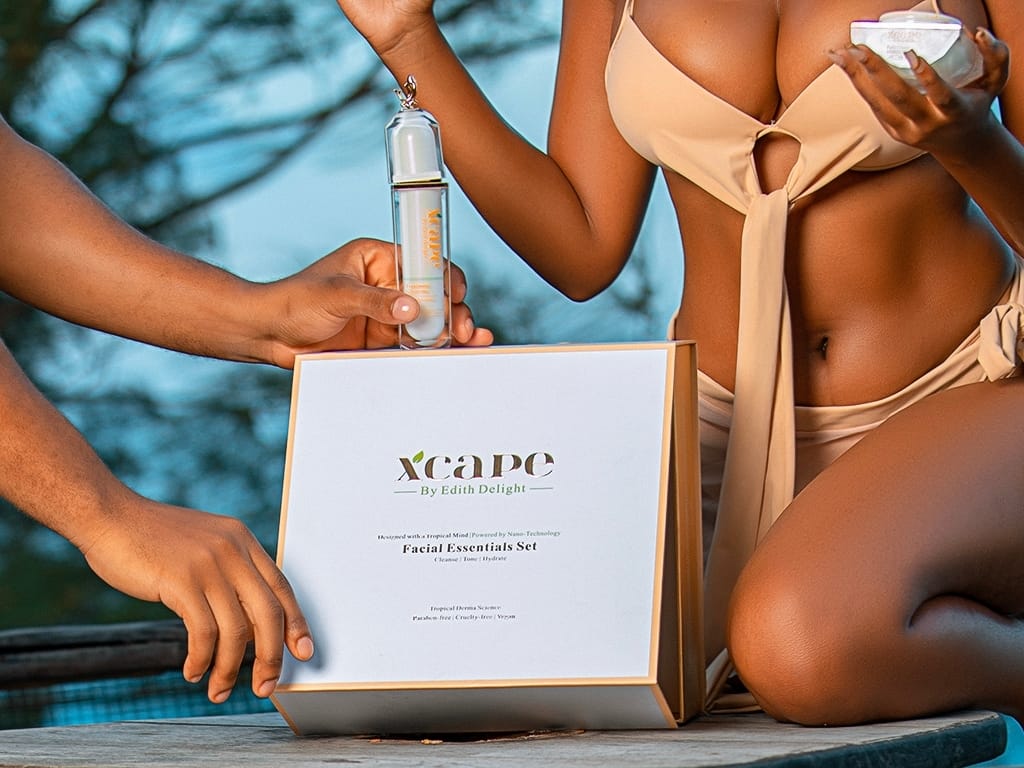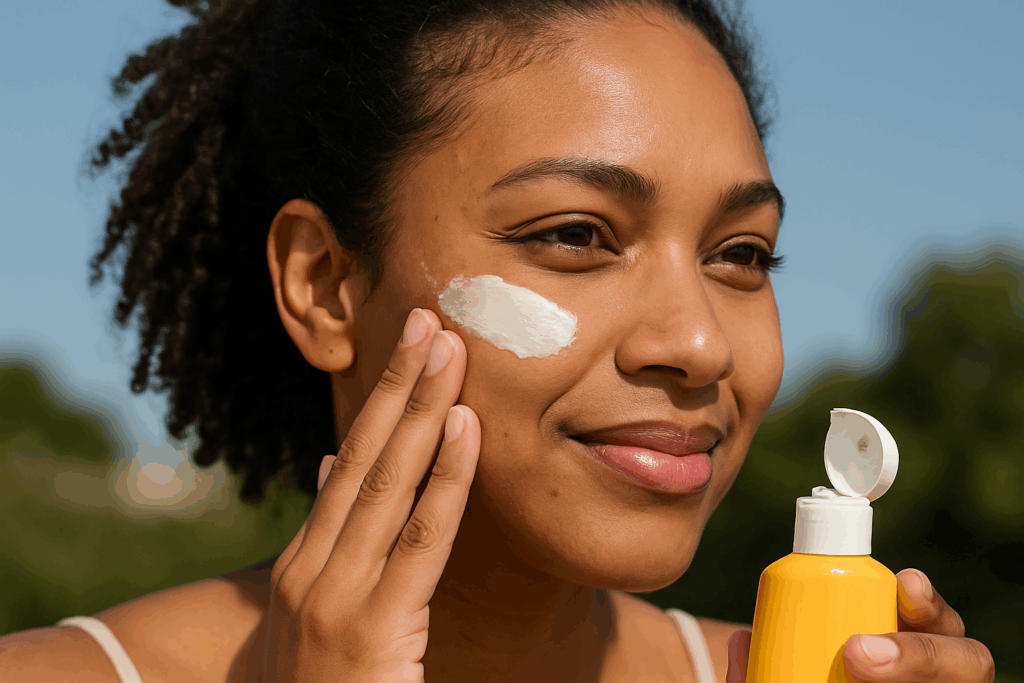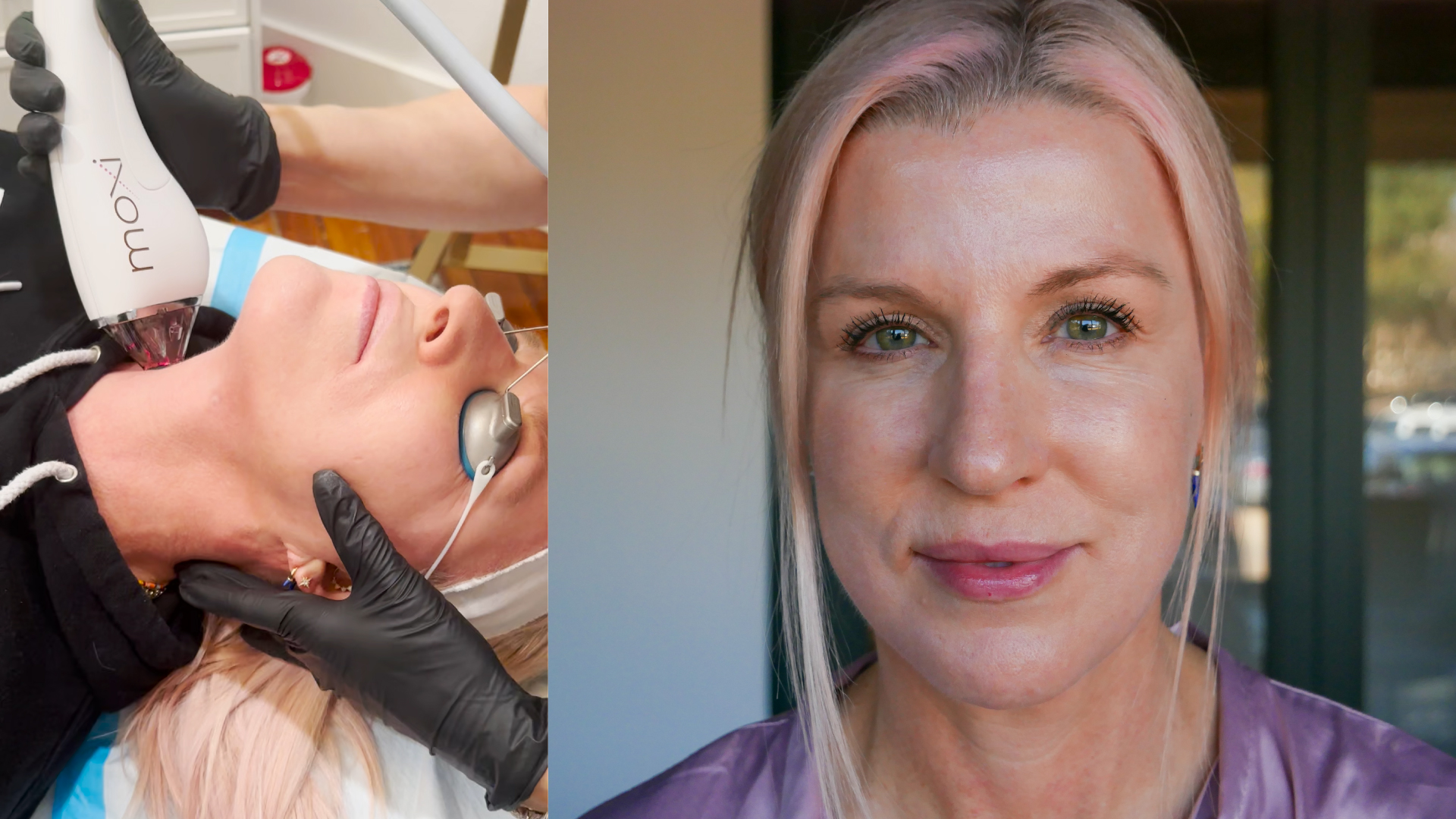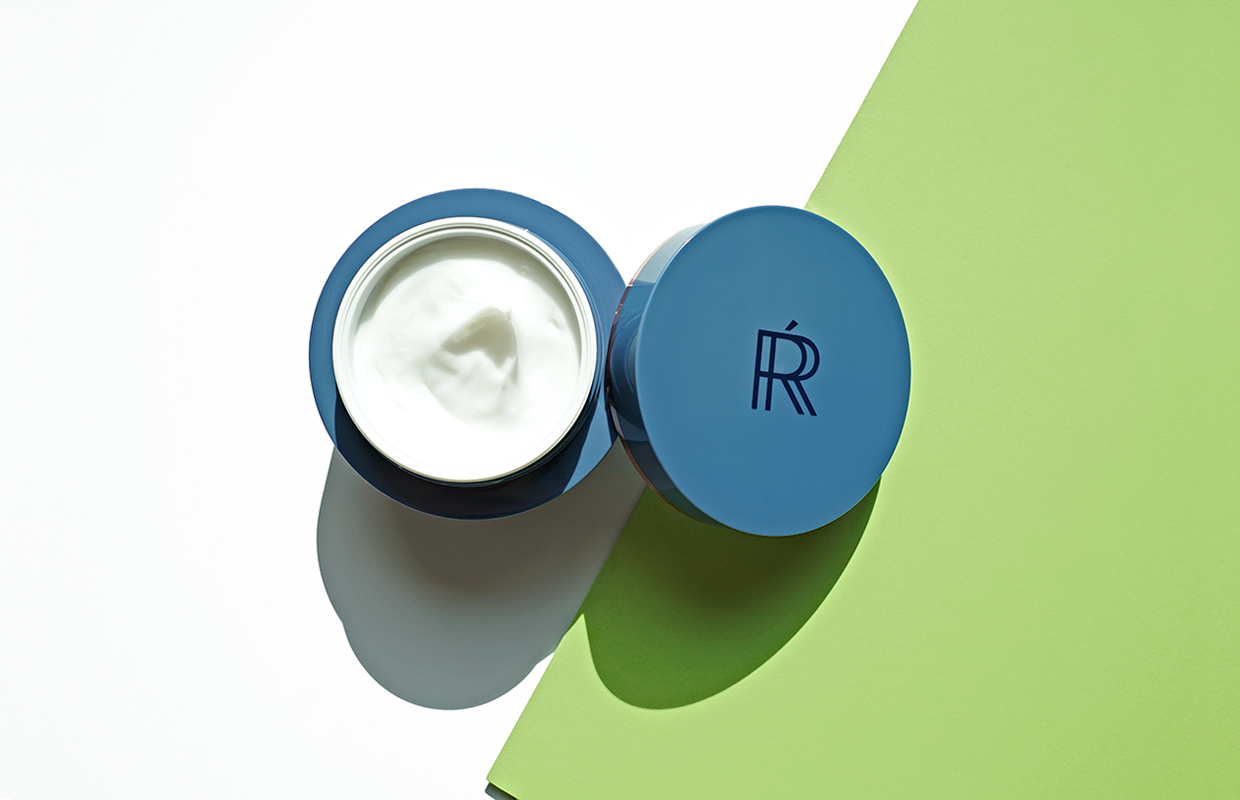If you’ve ever looked at a skincare label and thought, That sounds impressive, but does it actually do anything… You’re not alone. And when it comes to an ectoin serum, a growing number of brands are touting it as a kind of skincare superhero: hydrating, calming, protective, even anti-aging.
But is ectoin just another buzzy skincare ingredient? The short answer is no! It’s a molecule backed by science, and not just supplier claims, but clinical studies and biochemical research.
In this article, we’re breaking down the 7 best-supported benefits of an ectoin serum in your skincare routine, using only peer-reviewed and published data. If you want to know what an ectoin serum really does, this is the place to start.
An Ectoin Serum Strengthens the Skin Barrier and Reduces Water Loss
🧪 Science Says: Studies show that an ectoin serum or cream can significantly improve hydration and smoothness, especially in dry or damaged skin. While large-scale trials are limited, mechanistic and clinical evidence both point to barrier support as one of ectoin’s strongest benefits.
If your skin feels dry no matter how much moisturizer you use, chances are your skin barrier is compromised. That’s where an ectoin serum can come in.

Ectoine forms a hydration shell around skin cells, stabilizing membranes and improving moisture retention. This helps reduce transepidermal water loss (TEWL). When your skin barrier is compromised it kind of looks like Swiss cheese, and water is able to escape from your skin’s surface. This surface water loss is what leads to dryness, tightness, and general irritation when you damage your skin barrier.
Applying an Ectoin Serum Can Deeply Hydrate Skin (Without Feeling Greasy)
Unlike thick occlusives like petrolatum or larger humectants like hyaluronic acid, a properly formulated ectoin serum helps lock in moisture without the heavy feel or sticky feel. Ectoin is an extremolyte, which means it binds to water molecules and helps skin hold on to moisture.

🧪 Science Says: In both observational studies and quantitative clinical trials, skin treated with 2–7% ectoin creams showed increased moisture levels and improved elasticity. The only tricky part of this benefit is the “deep hydration.” While “deep hydration” is a loose marketing term, ectoin’s water-binding capacity is well documented.
An Ectoin Cream Can Soothe Redness and Calm Irritation
If your skin overreacts to everything, from weather changes to skincare actives and stress, ectoin’s anti-inflammatory effects may sound very attractive to you.

Laboratory experiments show ectoin helps regulate immune signals in the skin, reducing the release of molecules that trigger stress and irritation. That means theoretically less redness, stinging, and itching.
🧪 Science Says: One group of scientists gathered all of the studies they could find on ectoin serums and creams. From all of the research they reviewed they found ectoin creams helped reduce dermatitis severity and steroid use in patients with eczema, especially children. It also helped calm retinoid-induced cracking and flaking on your lips in people on isotretinoin.
Ectoin Visibly Improves Skin Elasticity and Fine Lines
While ectoine isn’t classified as a traditional anti-aging active like retinol or peptides, its protective and hydrating effects indirectly improve skin appearance.
In one study, women using 2% ectoin serum showed visible improvements in elasticity, hydration, and fine line texture compared to a control, without any irritation.
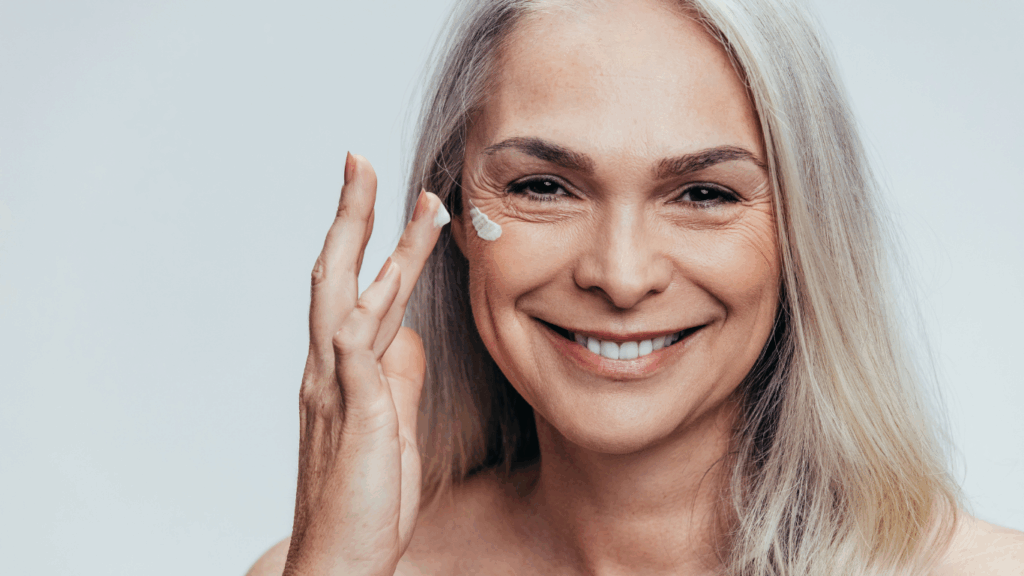
🧪 Science Says: The trial supports the idea that the hydrating mechanism of ectoin can help temporarily reduce the signs of aging. Additionally, its ability to protect skin from oxidative stress helps slow the visible signs of aging. While an ectoin serum will not directly address collagen production or restore your skin’s elasticity, it can be a valuable tool on the preventative side of your anti-aging routine.
Ectoin is Generally Safe for Even the Most Sensitive Skin
If you have sensitive or sensitized skin, finding an active that you can actually use can be incredibly frustrating. If you have accidentally or intentionally with an in-office treatement, compromised your skin barrier finding a product that does not burn or sting can be a challenge. An ectoin serum could be an option for you. In so many studies on people with sensitive skin, the data show, ectoin is exceptionally well tolerated.
It’s non-sensitizing, non-irritating, and has been used in infants, children, and adults with inflammatory skin conditions, even over extended periods (up to 6 months).
🧪 Science Says: Across multiple clinical studies, ectoine caused fewer or equal side effects compared to a control formulated with no actives. In one study on pediatric eczema, only mild, transient redness or tingling was reported, at rates similar to those using basic moisturizers.
Final Thoughts: An Ectoin Serum Can Be A Quiet Powerhouse Your Skincare Routine
It may not come with the drama of a chemical exfoliant or the trendiness of a new peptide, but ectoin delivers real, measurable skin benefits backed by years of research. Its hydration, barrier support, and anti-inflammatory effects make it one of the most versatile actives in modern skincare.
Whether you’re new to skincare science or just want fewer actives with more impact, ectoin is worth adding to your ingredient radar.
What’s Next in the Series?
🧴 Up Next: “Top Ectoine Skincare Products Backed by Clinical Data”
We’ll explore real-world products that contain clinically relevant doses of ectoin, and which ones actually live up to the science.
References
Alexopoulos, A., Eberlein, B., Kompatscher, P., Läuchli, S., Reimann, K., & Staubach-Renz, P. (2022). A randomized, observer-blind, vehicle-controlled multicenter trial of an ectoine and hyaluronic acid-containing cream for atopic dermatitis in children. Journal of Dermatological Treatment, 33(7), 3300–3307. https://doi.org/10.1080/09546634.2021.2000172
Fontbonne, D., Becquart, F., & Kurzen, H. (2024). Positive and ecobiological contribution in skin photoprotection of ectoine and mannitol combined in vivo with UV filters. Photodermatology, Photoimmunology & Photomedicine, 40(1), 19–29. 10.1111/jocd.15893
Heinrich, U., Garbe, B., Tronnier, H., & Wiegand, C. (2007). In vivo assessment of ectoine: A randomized, vehicle-controlled clinical trial. Skin Pharmacology and Physiology, 20(4), 211–218. 10.1159/000103204
Jeong, D., Lee, J., Jeong, H., Kim, B., & Kim, Y. (2019). The skin-whitening effects of ectoine via the suppression of α-MSH-stimulated melanogenesis and the activation of antioxidant Nrf2 pathways in UVA-irradiated keratinocytes. International Journal of Molecular Sciences, 20(19), 4941. https://doi.org/10.3390/ijms20194941
Kudryavtseva, A., & Migaliev, D. (2017). Topical ectoine application in children and adults to treat inflammatory diseases associated with an impaired skin barrier: A systematic review. Clinical, Cosmetic and Investigational Dermatology, 10, 517–531.10.1007/s13555-021-00676-9
Lefort, R., Durbec, F., & Lhomme, C. (2019). Genotoxicity of visible light (400–800 nm) and photoprotection assessment of ectoin, L-ergothioneine and mannitol and four sunscreens. Journal of Photochemistry and Photobiology B: Biology, 198, 111573. 10.1016/j.jphotobiol.2008.01.008
Reuter, S., Schiller, M., & Bauer, G. (2010). Ectoines as novel anti-inflammatory and tissue protective lead compounds with special focus on inflammatory bowel disease and lung inflammation. Inflammation Research, 59(12), 573–581. doi: 10.1016/j.phrs.2020.105389.
Wolnicka-Glubisz, A., Stachurska, A., & Zaleska, K. (2019). The influence of ectoine on the skin parameters damaged by a CO₂ laser. Applied Sciences, 9(23), 4998. https://doi.org/10.3390/app9234998

